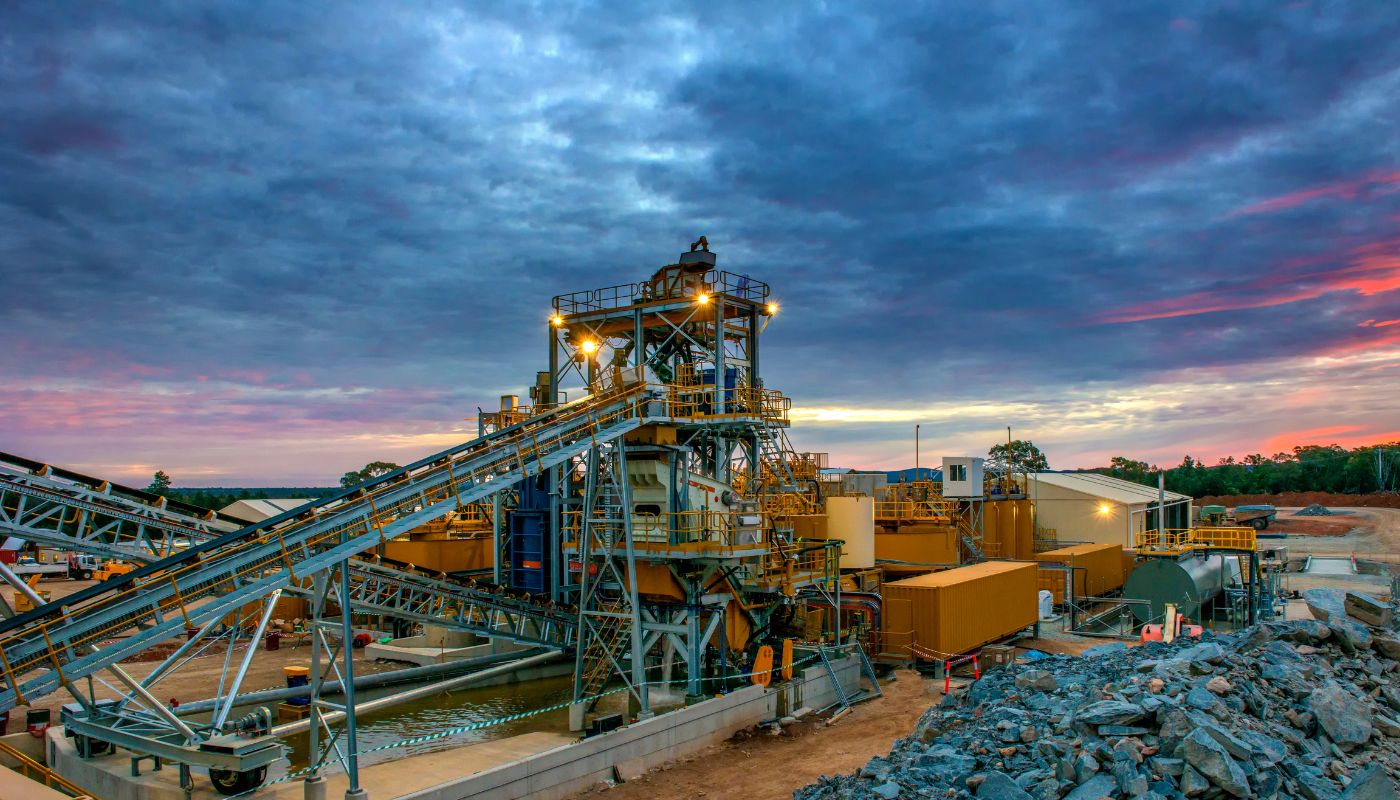Puns aside, the materials and mining sectors in the United States are facing a massive, dual mandate: rapidly increase domestic production of critical minerals and materials while adhering to environmental and operational standards. With new legislation and regulatory shifts designed to expedite projects, the pressure is on companies to not just build production capability, but to scale efficiently and ensure quality from day one.
In this environment, operational speed is capital. And that speed relies on connecting the critical data systems in the enterprise, by interfacing the Laboratory Information Management System (LIMS) and the analytical instruments.
The U.S. Market Catalysts: Speed and Scale
Recent policy changes—driven by national security concerns and the demand for raw materials like lithium, nickel, cobalt, and rare earths as well as specialty chemicals—have fundamentally altered the domestic mining and materials landscape.
- Expedited Permitting: Measures like the FAST-41 process are accelerating project timelines, cutting approval windows from years to months for designated critical infrastructure projects.
- New Investment: Federal incentives and the push for supply chain resilience are driving significant capital into new exploration and development on recently accessible federal lands.
Tariffs on imported goods have forced organizational and supply chain changes throughout the U.S. industrial landscape. Our recent survey of lab leaders indicated that 31% of labs have switched to domestic sourcing due to tariffs/regulatory changes.
For companies holding new leases or fast-tracked permits, the window to capitalize on this growth is tight. Success is not just about those first bucketfuls of earth; it requires establishing a production process that is simultaneously efficient, accurate, and compliant. This demands a fully automated, end-to-end digital infrastructure.
LIMS: The Engine of Quality and Compliance
In continuous production operations—from mineral extraction to refinement and materials processing—the LIMS is the central digital nervous system for quality assurance, providing tangible benefits:
- Process Control: The LIMS manages the analysis of incoming raw materials, in-process samples, and finished goods, providing the metrics needed to control the purity and composition of materials.
- Regulatory Foundation: It ensures complete traceability and maintains an auditable record of all testing necessary for industry standards (like ISO 17025) and environmental reporting.
- Proactive Intelligence: Features such as Statistical Process Control (SPC) charting within the LIMS allow teams to monitor trends and flag potential issues before they result in a production failure, minimizing waste and maximizing yield.
The Integration Barrier: Losing Time at the Handoff
The precision achieved within the lab, however, often crashes into inefficiency the moment testing data must cross into the data management system (i.e., the LIMS). When the LIMS is isolated from the instruments, the communication gap forces manual steps, which can create barriers:
- Slow Production Decisions: Lab results from instruments must be manually recorded in the LIMS before they can be used to approve, reject, or reroute an assay or samples. This time lag translates directly into lost throughput in high-volume, continuous operations.
- Increased Compliance Risk: Manual data entry is the primary source of transcription errors, which jeopardize the accuracy of the quality record and complicate regulatory oversight, particularly where fast-track projects require rigorous accountability.
- Operational Blind Spots: Production managers lack the real-time quality feedback needed to make instantaneous process adjustments, wasting resources and diminishing profits in sectors with slim margins.
The Solution: Interfacing for Competitive Advantage
To successfully capitalize on the current market opportunities, materials and mining companies must eliminate data silos and ensure laboratory intelligence instantly drives manufacturing action.
CSols’ expertise in instrument and system Interfacing can streamline your operations by automating the communication flow, ensuring that lab data is immediately actionable on the processing, refining, or manufacturing lines. Such interfacing provides measurable value across your mining or materials operation, ensuring your company can fully capitalize on new market opportunities.
LIMS interfacing enables fully digital product processing, including use of the data associated with that processing. This allows the manufacturing and laboratory operations to work in tandem, in real time, to increase productivity and effectiveness.
Once testing is complete, instrument results instantly update the LIMS with batch approval or hold statuses, allowing for automated material data movement. This functionality optimizes throughput, minimizing product-in-waiting time and maximizing your continuous manufacturing efficiency.

Furthermore, the connected systems facilitate proactive quality control. Refining or manufacturing adjustments can be based on live, validated lab data rather than delayed reports, reducing waste and increasing profitability from newly accessible (and domestically sourced)raw materials. Crucially, every data exchange creates a robust digital audit trail, where data is electronically traced from sample collection to the final batch record. This foundation improves compliance, securing data integrity and supporting rigorous environmental, social, and governance (ESG) reporting.
Mining and materials labs can increase their ability to leverage their data by adding interfacing with other enterprise systems like supervisory control and data acquisition (SCADA) or enterprise resource management (ERP) systems.

Prepare for Growth
The expanded opportunities in the U.S. materials and mining markets demand agility and a data-driven approach. Your ability to combine laboratory accuracy with production speed will determine how effectively you leverage new leases, permits, and available capital.
Don't let manual data transfer be the weak link in a digital supply chain. A seamless LIMS interface can transform your quality data into a real-time competitive asset.
How could interfacing your LIMS to instruments or systems improve your operations?




Comments